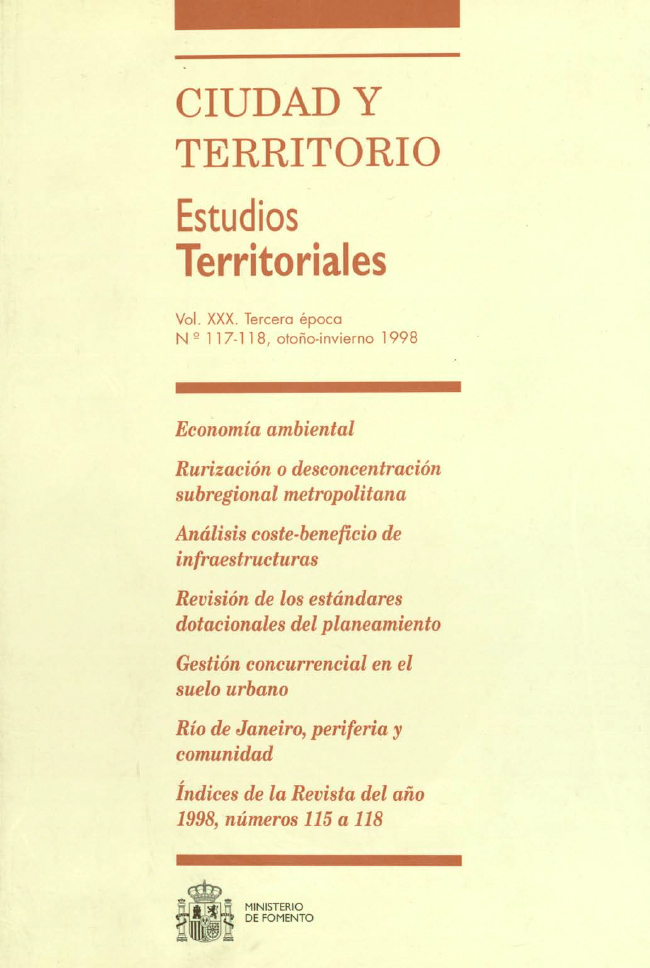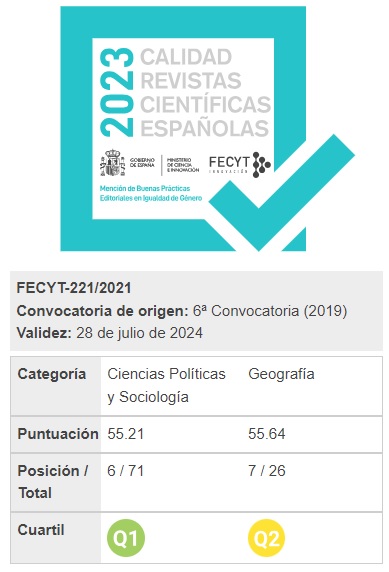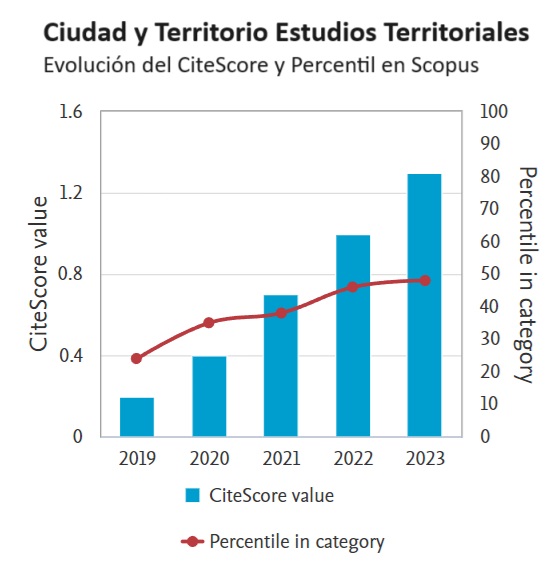City Symbols and Rio de Janeiro: Centralism and Power as against the Outskirts and Community
Keywords:
Río de Janeiro, Historia del urbanismo, Desarrollo urbanoAbstract
Rio de Janeiro is here said to be the only capital city in world better known for its natural rather than its architectural icon features, these being the two headlands called respectively, the Pan de Azucar Sugar loafl and the Corcovedo that face each other across Guanabara Bay. The author goes into the history of permanent struggle the natural fact of these and the demands upon them of a growing need for urban expansion. He tells us of how two other upland features, the morros of Castelo and San Antonio were levelled, how part of the bay was reclaimed for the aterro of Llamego, of how tunnels were driven through both headlands and states that the postcard vision of them has but little to do with reality, the slopes of both being smothered with disordered anonymous slum dwellings. During the 90s, the City Hall put forward plans to overhaul this sad image by redesigning the centres of 17 of the capital?s districts to the end of rehabilitating both the cultural and environmental identity of their inhabita.
Downloads
Downloads
Published
How to Cite
Issue
Section
License
Copyright (c) 1998 Roberto Segre

This work is licensed under a Creative Commons Attribution-NonCommercial-NoDerivatives 4.0 International License.
Considering the provisions of the current legislation on Intellectual Property, and in accordance with them, all authors publishing in CyTET give -in a non-exclusive way and without time limit- to the Ministry of Transport, Mobility and Urban Agenda the rights to disseminate, reproduce, communicate and distribute in any current or future format, on paper or electronic, the original or derived version of their work under a Creative Commons Attribution-NonCommercial-NoDerivative 4.0 license International (CC BY-NC-ND 4.0), as well as to include or assign to third parties the inclusion of its content in national and international indexes, repositories and databases, with reference and recognition in any case of its authorship.
In addition, when sending the work, the author(s) declares that it is an original work in which the sources that have been used are recognized, committing to respect the scientific evidence, to no longer modify the original data and to verify or refute its hypothesis. Author(s) also declare that the essential content of the work has not been previously published nor will it be published in any other publication while it is under evaluation by CyTET; and that it has not been simultaneously sent to another journal.
Authors must sign a Transfer of Rights Form, which will be sent to them from the CyTET Secretariat once the article is accepted for publication.
With the aim of promoting the dissemination of knowledge, CyTET joins the Open Journal Access (OA) movement and delivers all of its content to various national and international indexes, repositories and databases under this protocol; therefore, the submission of a work to be published in the journal presupposes the explicit acceptance by the author of this distribution method.
Authors are encouraged to reproduce and host their work published in CyTET in institutional repositories, web pages, etc. with the intention of contributing to the improvement of the transfer of knowledge and the citation of said works.








 Enlace a CyTET en Linkedin
Enlace a CyTET en Linkedin